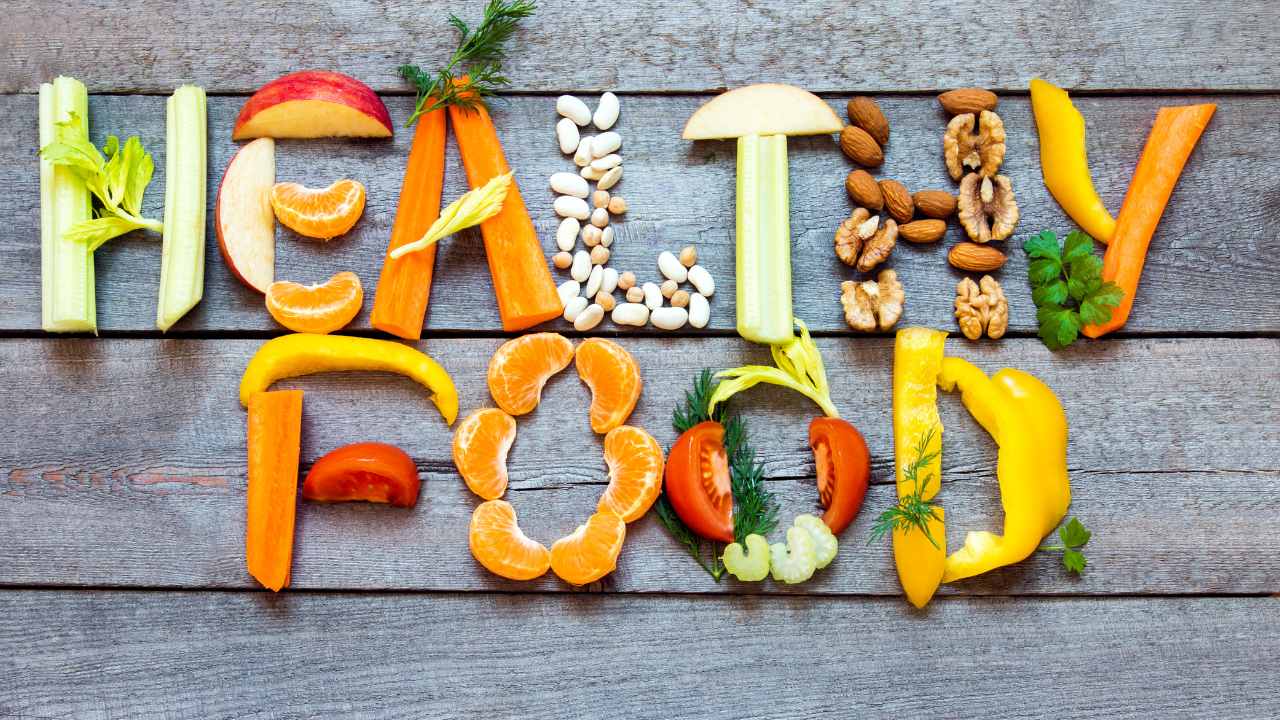In today’s fast-paced world, maintaining a healthy lifestyle has become more critical than ever. One of the most fundamental aspects of a healthy life is eating nutritious food. But with so much conflicting information out there, understanding how to make healthy food can feel overwhelming. This comprehensive guide will break down everything you need to know about preparing healthy meals that are not only good for your body but also delicious and easy to make. Whether you’re a beginner in the kitchen or a seasoned home cook, this 5,000-word guide will provide actionable insights, expert advice, and practical tips aligned with the latest Google content updates.
What is Healthy Food?
Healthy food refers to meals and ingredients that provide essential nutrients and promote overall well-being. These foods are typically low in unhealthy fats, sugar, and sodium, while being rich in vitamins, minerals, fiber, and antioxidants. A balanced diet helps in boosting immunity, maintaining weight, and reducing the risk of chronic diseases.
Key Characteristics of Healthy Food:
Also Read
- High in fiber
- Rich in vitamins and minerals
- Contains lean protein
- Low in saturated fats
- Minimal added sugars and sodium
Why Eating Healthy Matters
Eating healthy isn’t just about losing weight. It’s about feeling better both physically and mentally. Here are some scientifically-backed benefits of healthy eating:
- Improved Heart Health: Reduces the risk of cardiovascular diseases.
- Better Mental Health: Nutrients like omega-3 fatty acids can boost mood and cognitive function (source).
- Weight Management: Helps maintain a healthy weight without extreme dieting.
- Boosted Immunity: A nutritious diet strengthens the immune system.
Steps to Make Healthy Food at Home
1. Plan Your Meals
Meal planning ensures a balanced intake of nutrients and saves time. Include all food groups and rotate different recipes to avoid monotony.
Pro Tip: Use apps like MyFitnessPal to plan and track meals.
2. Shop Smart
Opt for fresh produce, whole grains, lean meats, and healthy fats. Avoid processed and packaged foods with unpronounceable ingredients.
Grocery List Essentials:
- Fresh vegetables and fruits
- Whole grains like oats, quinoa, and brown rice
- Lean proteins like chicken breast, tofu, or lentils
- Healthy fats like avocados, olive oil, and nuts
3. Use Healthy Cooking Techniques
Choose cooking methods that preserve nutrients and avoid added fats.
Best Cooking Methods:
- Steaming
- Baking
- Grilling
- Sautéing with minimal oil
4. Portion Control
Overeating healthy food can also be problematic. Use smaller plates, measure servings, and listen to your hunger cues.
5. Incorporate Superfoods
Add ingredients like spinach, blueberries, turmeric, and chia seeds for extra nutrients and antioxidants.
6. Hydrate Properly
Don’t forget the importance of water. Aim for 8-10 glasses daily and avoid sugary drinks.
Sample Healthy Recipes
1. Quinoa and Veggie Bowl
Ingredients:
- 1 cup quinoa
- ½ cup chopped bell peppers
- ½ cup chickpeas
- 1 tbsp olive oil
- Lemon juice, salt, and pepper to taste
Instructions:
- Cook quinoa as per instructions.
- Saute vegetables in olive oil.
- Mix everything, add seasoning and lemon juice.
2. Grilled Chicken Salad
Ingredients:
- 200g chicken breast
- Mixed greens
- Cherry tomatoes
- Cucumber
- Olive oil and balsamic vinegar
Instructions:
- Grill chicken until fully cooked.
- Toss vegetables and top with sliced chicken.
- Drizzle with dressing.
Tips to Stay Consistent with Healthy Eating
- Prepare Meals in Advance: Batch cooking can help prevent last-minute unhealthy choices.
- Keep Healthy Snacks Handy: Nuts, yogurt, and fruits are great options.
- Educate Yourself: Learn about reading food labels and understanding nutritional content.
- Mindful Eating: Eat slowly and without distractions to better sense hunger and fullness.
Common Myths About Healthy Eating
Myth 1: Healthy Food is Expensive
Healthy eating can be budget-friendly if planned well. Buying seasonal produce and cooking at home saves money.
Myth 2: You Need to Cut Out All Carbs
Not all carbs are bad. Whole grains and fruits are healthy sources of carbohydrates.
Myth 3: Fat is Bad
Healthy fats are essential for hormone production and cell function. The key is moderation.
Tools & Resources
Conclusion
Making healthy food doesn’t have to be complicated. With a little planning, smart shopping, and the right cooking methods, anyone can prepare nutritious meals that support overall health and well-being. The journey toward healthy eating is a lifestyle change, not a temporary diet. Start small, stay consistent, and enjoy the benefits of a healthier you.
Frequently Asked Questions
Q1: How do I start eating healthy if I’m a beginner?
Start by making small changes like swapping soda with water and including more vegetables in meals.
Q2: Can healthy food be tasty?
Absolutely! With the right herbs, spices, and cooking techniques, healthy meals can be incredibly flavorful.
Q3: How do I avoid unhealthy cravings?
Eat balanced meals to stay full, keep healthy snacks nearby, and try to identify emotional eating triggers.
Q4: Is it okay to eat out while maintaining a healthy diet?
Yes, just choose grilled over fried, ask for dressing on the side, and avoid sugary drinks.
Q5: How often should I eat healthy meals?
Aim for consistency. Eating healthy 80% of the time and indulging occasionally is a balanced approach.





